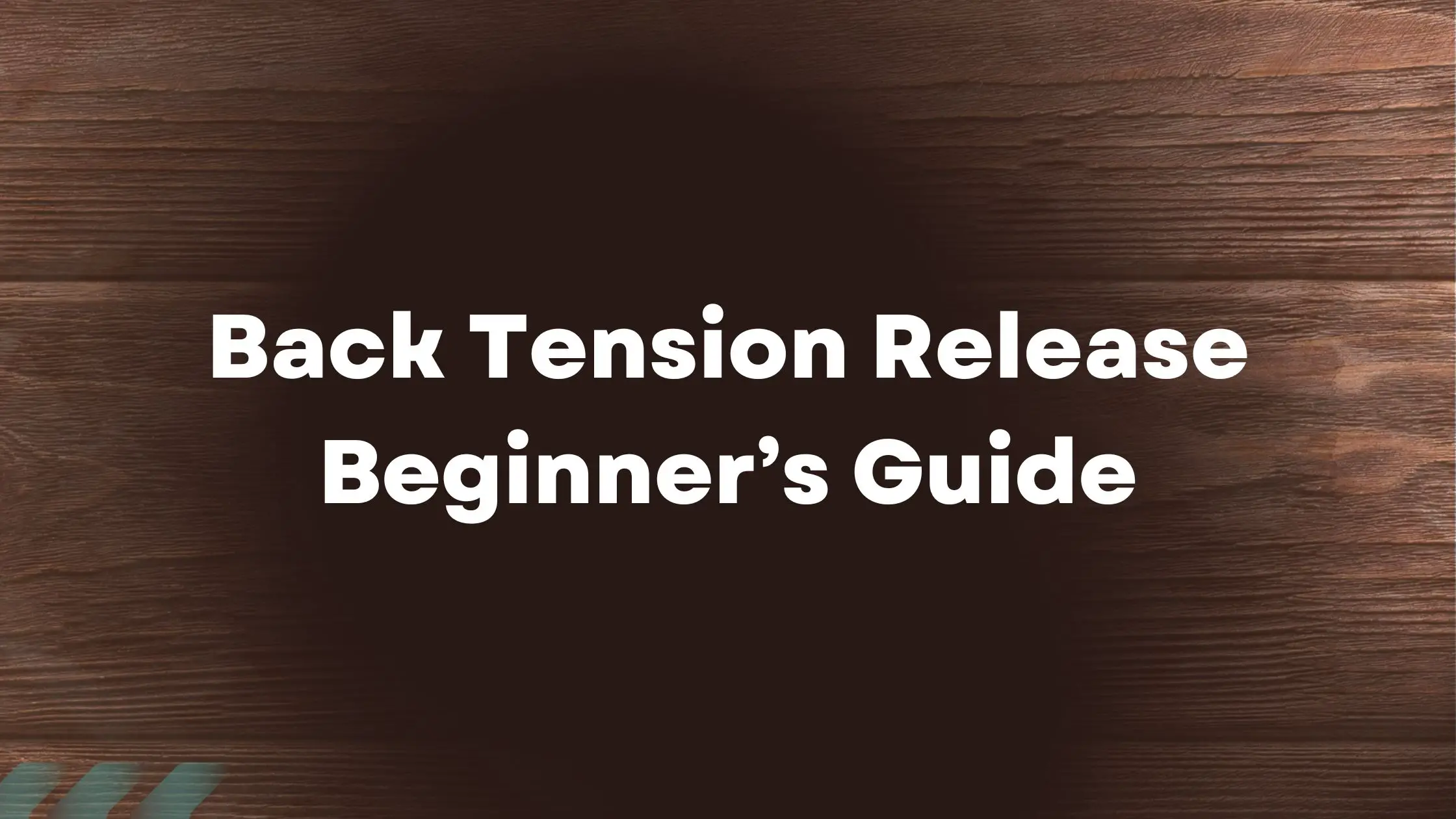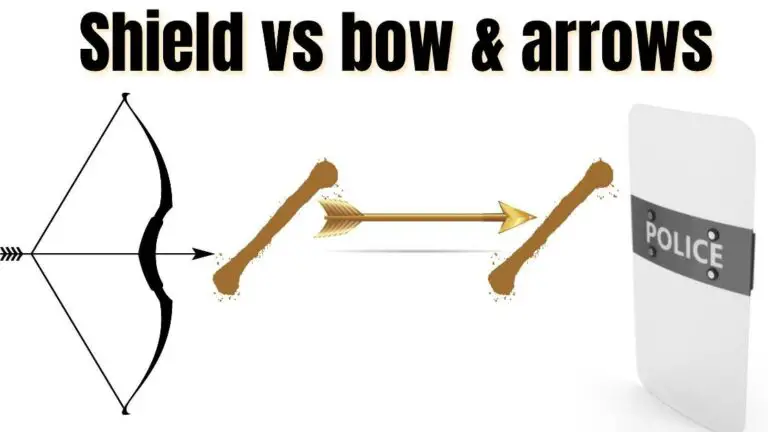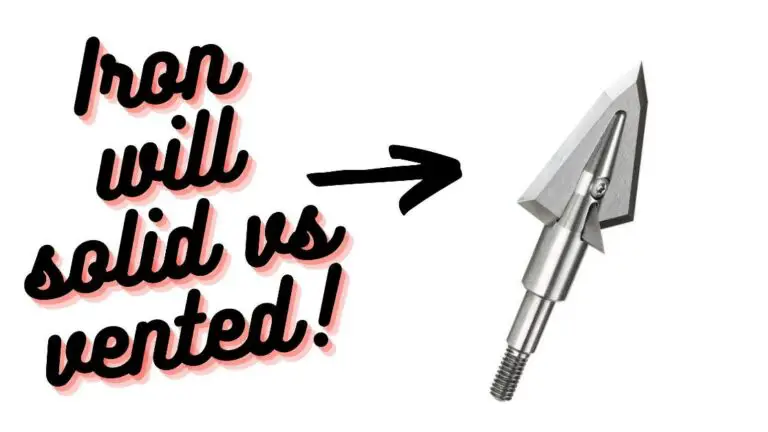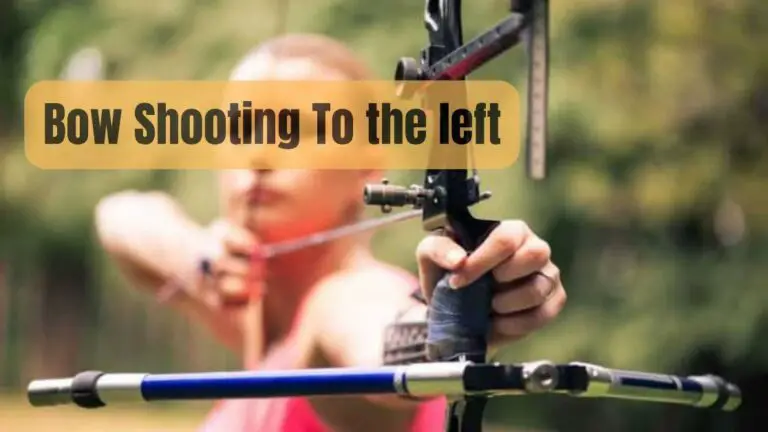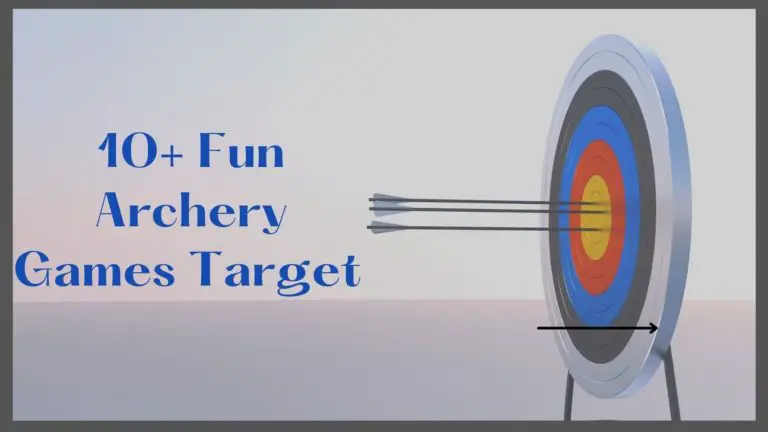Back Tension Release: New Beginner’s Guide
Archers with any degree of target fear can benefit greatly from using a back tension release, also known as a hinge release.
Whether it’s for practice, competition, or hunting, archers frequently employ hinge releases to regain control of their bows. You’re not the only one that gets nervous before a shot, so know that you’re not alone. In fact, experienced archers frequently use back tension releases to improve their form and accuracy.
Using a tension release, a compound bow’s string loop hooks into a hinged pin on the back of the head. Using a lever that twists, the hinge moves along a cam until the head breaks off. The audience won’t be able to predict the following shot if the previous one was well-executed.
Back Tension Release: Complete Guide
Back Tension Release Mechanism
The release consists of a handle, a head, and a hook that all work together. Pins are used to join the handle to the head as well as the hook to the head.
The hook is secured in place by being attached to the head. It’s the portion that holds the bowstring and pulls it backward. When it’s activated, the bowstring is released, causing the arrow to fly forward.
“Gate” is a term used to refer to the pin that links the head and body. The archer must rotate the handle until the gate has passed a specific position before the release is activated, which is how the hook is released.
It is possible to adjust the release’s sensitivity such that the gate will trigger the release at different positions, requiring varied amounts of rotation.
A clicking mechanism can be found on some back tension releases as well. To signal to the archer that the shot is about to be released an auditory click is made.
Benefits of back tension release
Equipment and gear used in archery include a bow, arrows, a rest for them, a sight to see where the arrows are going to land, and a target. Armguard’s quivers and releases are just some of the archery accessories that shooters can employ to enhance their comfort and performance. It’s a popular choice among compound archers since it has a variety of advantages, including:
The benefits of Back Tension Release are as follows:
- A surprising release reduces shot anticipation.
- Offers a general reduction in the fear of the target.
- Promotes a healthy posture by promoting adequate back tension.
- Rather than focusing on the trigger, this method places emphasis on form and aiming.
- Reduces human error.
- Makes it easier for beginner archers to experience the joy of a successful shot.
Initiating a Back Tension Release
A wonderful way to improve your shooting is to use a back tension release. Remember that you shouldn’t just attach the arrow to your bow and start shooting, as you would with any new release.
- Getting the release set up properly should be your first priority. Most hinge releases can be sensitive to temperatures ranging from extremely hot to extremely cold (easy to hard). The colder the temperature, the more difficult it will be to break the shot when using a back tension style release.
- Setting up a string bow is an excellent method to begin learning how to use a hinge release. If you’re looking for a way to learn how to use a hinge release in archery, the string bow is a perfect option.
- Using a string bow will keep your lips from bleeding if you’ve ever seen or heard of someone hitting oneself in the face. This strategy also makes it much simpler to adjust the sensitivity.
- When you first obtain a new release, the biggest error you can make is to try to use your bow without first putting it up and practicing.
- String bows can be made using only a few basic components. All you need is a piece of rope with a d-loop attached to it. Holding the rope in your bow hand, attach the d-loop to your release.
You can change the sensitivity to a level that fits for you and learn how the release mechanism works.
Hinge Release Risk Analysis:
Your chosen release must be used properly or you risk injury, as is the case with most archery equipment and accessories. The majority of archery-related injuries are quite minor, but there are a small number of severe ones.
- One of the first fires of the season: If an archer fails to use a hinge release correctly, they risk getting hit in the face or losing their arrows. In this condition, the archer tends to use the wrong fingers to draw the bow back.
- Loss of management ability: Archers don’t know when their bows will shoot because there is no trigger. For the majority of archers, this lack of control is not a big deal, but for some, it can be.
- Select Setting: In some back tension releases, you can hear an audible “click.” You need to determine whether or not you want to use this option because the sound of a click can make you more anxious.
- Back stress release while hunting: Because hunters need to be able to precisely time their shots, a hinge release isn’t the best option. Hunting scenarios need the use of a caliper or thumb release. You can still use a back tension release for hunting, but it’s not as common as it used to be.
Is a hinge release appropriate for bowhunters?
Bowhunters rarely employ a hinge-style release, despite the fact that it is feasible to use any sort of release for bowhunting. Bowhunters need to be able to precisely time their shots, which is impossible with back tension releases.
Hinge releases might also scare your prey away from you if you want to use the click sound when hunting.
Many bowhunters prefer to use a hinge release for their training, despite the fact that they are not commonly used in the field.
Is it worth it?
You’ll notice that back tension releases are more expensive than wrist and thumb releases when you begin searching for one.
Hinge releases (also known as back tension releases) typically cost between $100 and $200. Some of the high-quality releases include Tru-fire, Scott Archery, and Tru-Ball. Their lower-end hinge releases are excellent, and the price increases as the quality increases.
Recommended:
Final Words
We’ve covered the mechanics of back tension releases, as well as how to put them to use, and provided some background information on the various sorts of releases in this piece.
It is far more necessary for your skills to understand how to use it, and how to enjoy its benefits, in order to create better archery habits. While the technical questions about how the release works are interesting, it is much more important to understand how to utilize it.
Any archer who is interested in improving their shooting skills should absolutely give a hinge release at least one shot and consider employing it as a training aid. After giving some attention to the fundamentals, you will be astonished at what you are capable of accomplishing.
